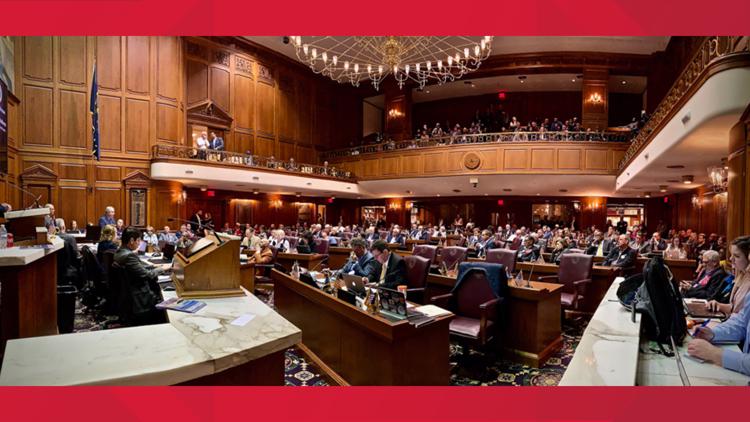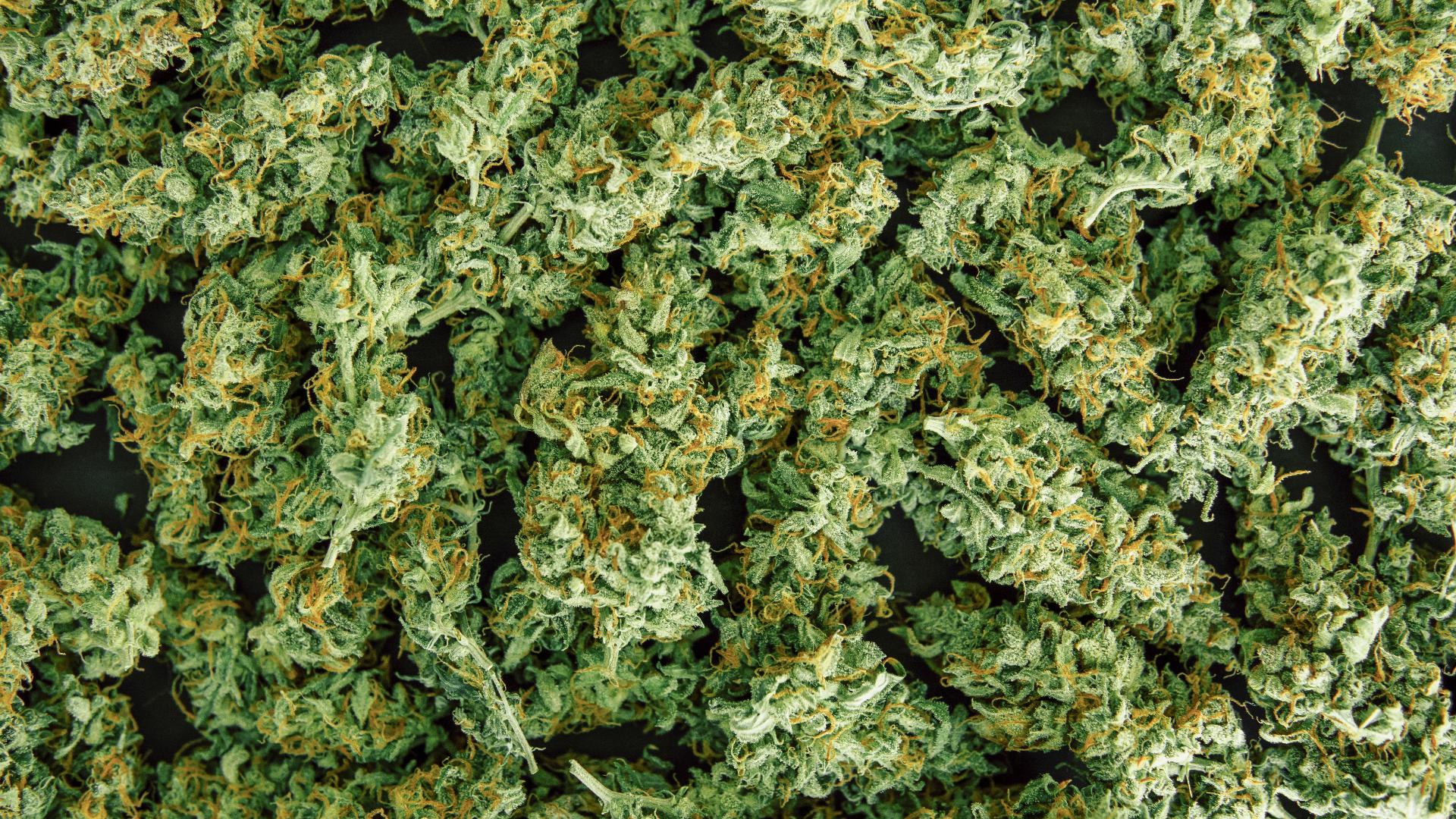INDIANAPOLIS — In the April 7, 2011 edition of Howey Politics Indiana, I offered up this analysis of the coming reapportionment: "New Congressional and legislative maps are being forged in the Indiana House and Senate and are expected to be made public next week. Whatever the specifics are, the new maps will likely paint a grim picture for Indiana Democrats."
The year before, Republicans seized control of the Indiana House, giving them a commanding trifecta (along with the staunchly GOP Indiana Senate and Gov. Mitch Daniels) to steer the reapportionment outcome. Then Secretary of State Todd Rokita, now the Republican nominee for attorney general, came up with what seemed to be reasonable guidelines: The districts would be based on “communities of interest” keeping legislative and congressional county lines intact, and nesting House districts in Senate districts. Gone would be the serpent-shaped gerrymandered maps Hoosier Democrats had drawn in 1991 and 2001. The final product, which breezed to passage and Daniels signature, came via computer-assisted Republican consultants.
They worked with and weaponized the demographics from the 2010 Census that posed a daunting challenge to House Democrats. During that fateful spring of 2011, the 40 Democratic-held Indiana House districts gained a total of 4,681 people, an average of 117 per district. The 60 GOP-held Indiana House districts gained a total of 398,636 people; an average of 6,644 per district.
In the April 14, 2011 edition of HPI, my analysis: "Canny House Republicans can get maps for the next decade that will be fertile ground for future majorities just by playing the demographics straight and following the Rokita doctrine that has been embraced by the governor."
Now as we head into the fifth and final cycle of these maps, the adjective "grim" is an understatement for Hoosier Democrats. It has become an enduring nightmare.
Largely because of the maps - but Republicans will point to the strong leadership of Govs. Daniels, Mike Pence and Eric Holcomb - Indiana has essentially become a one-party state. Look no further than the mid-year campaign finance reports, where Gov. Holcomb had an $8 million to $72,300 cash on hand lead over Democratic nominee Woody Myers.
For the first time in history, an Indiana congressional seat hasn't changed parties with an incumbent's defeat with these maps (Republican Jackie Walorski won the open 2nd CD in 2012 after U.S. Rep. Joe Donnelly opted for the U.S. Senate race). Since 2012, Republicans have held super majorities in the both General Assembly chambers. The 2012 election, despite the late meltdown of U.S. Senate nominee Richard Mourdock, produced 69 Republican House seats, an increase of nine, fueled mostly by 10 newly created open seats that went overwhelmingly Republican.
These trends are likely to continue in 2020, the fifth and final year for the maps. Howey Politics Indiana analysis of November General Assembly races reveal 21 "competitive" seats (including a handful of open Indiana House seats that are expected to remain with the current party). That's 16 House seats out of 100 and five Indiana Senate seats (out of 50). That’s 21 seats out of 125 up for election.
The "tossup" races are even rarer. In the Indiana Senate, only State Sen. John Ruckelshaus of Indianapolis (facing Democrat Fady Qaddoura) and State Sen. Mike Bohacek of Michiana Shores being challenged by Democrat Gary Davis are in tossup races.
In the Indiana House, there are only six tossup races that include three rematches from 2018: Republican Rep. Dale Devon against Democrat Dr. Donald Westerhausen, Democrat Rep. Chris Chyung against former Republican Rep. Hal Slager, and Democrat Rep. Lisa Beck v. former Republican Rep. Julie Olthoff.
The other House tossups include Democrat State Rep. Ross Deal against South Bend Councilman Jake Teshka (State Rep. Joe Taylor carried this seat in 2018 by around 500 votes before resigning); Democrat State Rep. Melanie Wright against Yorktown School Board Trustee Elizabeth Rowray; and State Rep. Rep. Cindy Kirchhofer (who is the Marion County Republican chair) against Democrat Mitch Gore.
Out of the 125 General Assembly seats, 6 percent are competitive; less than 1 percent will potentially change parties.
There is one key characteristic in these tossup races: They are all in "suburban" districts in Indianapolis, South Bend/Elkhart, Crown Point and south Lake County, LaPorte County, and the Muncie-Yorktown.
In the race between President Trump and Democrat Joe Biden, it is the suburban voter that appears to be shifting toward Democrats. That gives Democrat Christina Hale in the most suburban of Indiana congressional districts - the 5th - a chance to end a decade of futility by her party in the open seat race against Republican State Sen. Victoria Spartz. That's one district out of nine that appears to be competitive.
The next round of reapportionment comes in 2021, and Hoosier Republicans are in a commanding position to redraw the maps for an overwhelming partisan advantage. While General Assembly Democrats have repeatedly called for an independent, non-partisan reapportionment commission, their caucuses are so tiny as to be irrelevant.
Former Republican House Speaker Brian Bosma backed such a commission, but Senate GOP leadership resisted such a transfer of power. Bosma has since retired, so the 2021 remapping process will likely be a repeat of 2011.
It will take a charismatic Democrat leader who has yet to emerge along with a national wave election akin to LBJ’s 1964 landslide or the 1974 Watergate mid-term elections to shift this dynamic and level the playing field.
The columnist is publisher of Howey Politics Indiana at www.howeypolitics.com. Find Howey on Facebook and Twitter @hwypol.



